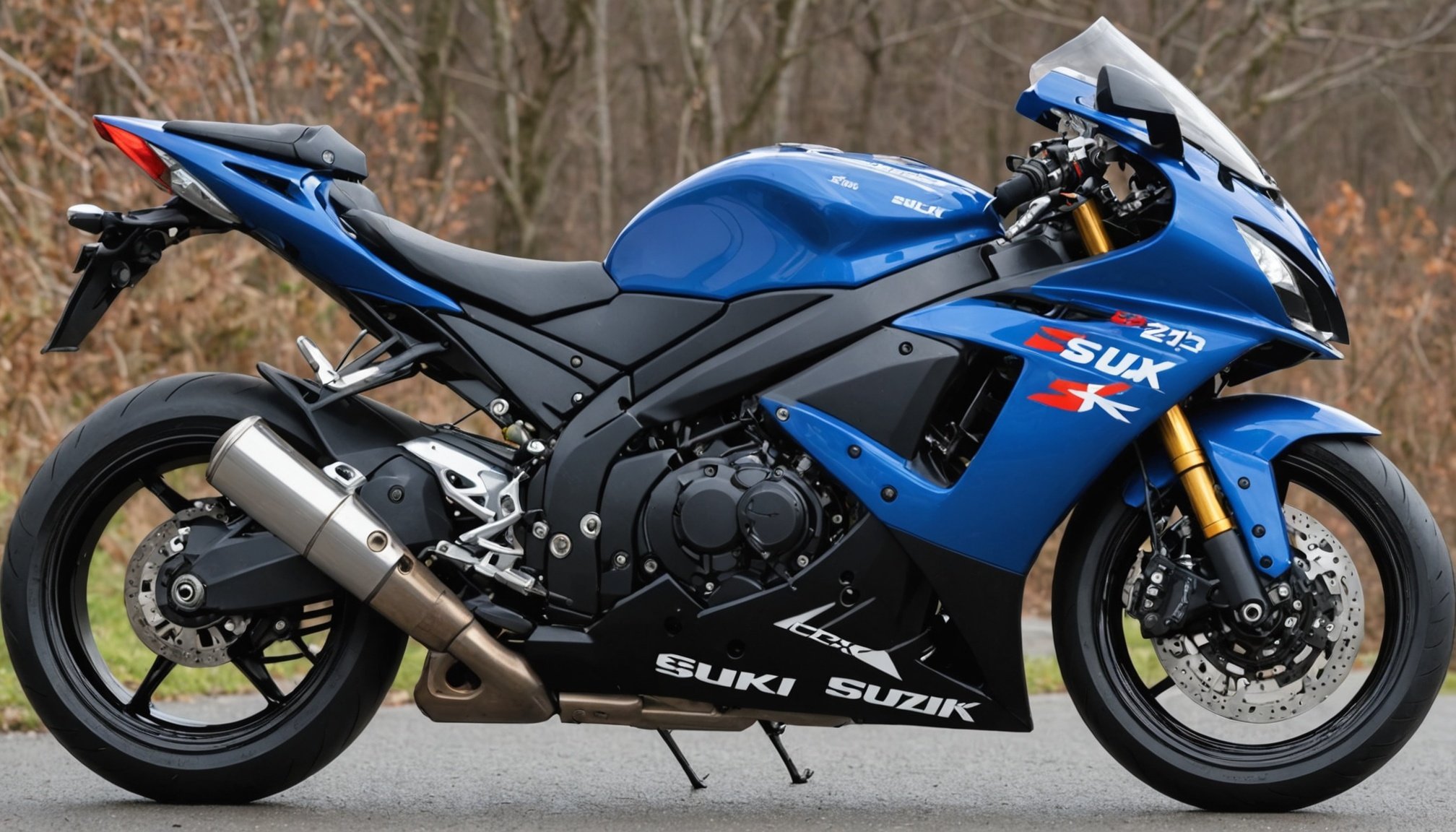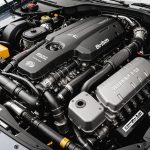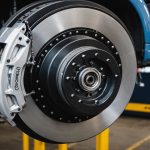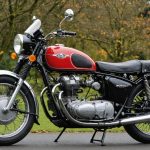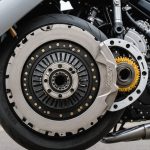Unlocking the Secrets of Your Suzuki GSX-R1000: A Comprehensive Guide to Essential ABS Adjustment Settings
Understanding the Basics of ABS on Your Suzuki GSX-R1000
When it comes to high-performance motorcycles like the Suzuki GSX-R1000, the Anti-lock Braking System (ABS) is a critical component that enhances safety and control. The ABS system on the GSX-R1000 is not just a simple addition; it is a sophisticated technology that leverages advanced electronics and sensors to ensure optimal braking performance.
How ABS Works on the GSX-R1000
The GSX-R1000 features an Inertial Measurement Unit (IMU) that provides six-direction, three-axis motion and position information to the Engine Control Module (ECM). This data allows the ECM to make instantaneous adjustments to the engine and chassis components, including the ABS system. When the IMU detects the rear wheel lifting up from extreme braking forces, the ABS control module adjusts the front brake pressure to reduce the rear wheel lift, ensuring stable and efficient braking[1][3].
Key Components of the ABS System
To fully appreciate the ABS system on your GSX-R1000, it’s essential to understand its key components and how they work together.
IMU and ECM Integration
The IMU is the brain behind the ABS system, providing real-time data on the motorcycle’s motion and position. This information is processed by the ECM, which then adjusts the braking force accordingly. This integration ensures that the ABS system responds accurately to various riding conditions, making it a game-changer for both street and track riding[1][3].
In parallel : Comprehensive step-by-step guide to performing a compression test on your honda cbr600rr for optimal engine health evaluation
Motion Track Anti-lock Brake System
Suzuki’s Motion Track Anti-lock Brake System is an exclusive feature that takes ABS to the next level. This system not only provides the appropriate amount of braking force for the available traction but also adjusts the front brake pressure based on chassis pitch input from the IMU. This ensures that the motorcycle remains stable and maintains braking efficiency, even during extreme braking maneuvers[3].
Brembo Brake Calipers and Rotors
The GSX-R1000 is equipped with Brembo Radial Mount Brake Calipers and T-drive Brake Rotors. These components work in tandem to provide strong braking performance and superb feel. The T-drive fasteners on the brake rotors allow the rotor to absorb more energy, resulting in more braking force available to the rider[1][3].
Adjusting ABS Settings for Optimal Performance
While the ABS system on the GSX-R1000 is highly advanced, there are still some adjustments you can make to tailor it to your riding style and conditions.
Understanding Traction Control Settings
The GSX-R1000 features a ten-mode Motion Track Traction Control System (MT-TCS) that allows you to adjust the amount of intervention based on your riding ability and surface conditions. Here’s how you can make the most of it:
- Sport Mode: Ideal for track days, this mode allows minimal intervention, giving you maximum control over the bike.
- Road Mode: Suitable for everyday riding, this mode provides a balance between performance and safety.
- Rain Mode: For wet conditions, this mode increases intervention to prevent wheel spin and loss of traction.
- Rider Mode: This mode allows you to customize the traction control settings to your preference, making it a good option for riders who like to fine-tune their bike’s performance[3].
Practical Tips for Adjusting ABS Settings
Here are some practical tips to help you adjust the ABS settings on your GSX-R1000:
- Familiarize Yourself with the IMU: Understand how the IMU works and how it affects the ABS system. This will help you make informed decisions when adjusting the settings.
- Start with Default Settings: Begin with the default settings and gradually adjust them based on your riding experience and conditions.
- Use the LCD Instrument Panel: The LCD multifunction instrument panel provides valuable feedback, including traction control and ABS alerts. Use this information to adjust your settings accordingly[1][3].
Table: Comparison of ABS Features in High-Performance Motorcycles
| Feature | Suzuki GSX-R1000 | Kawasaki ZX-4RR | Aprilia RSV4 Factory |
|---|---|---|---|
| IMU Integration | Yes | No | Yes |
| ABS System | Motion Track ABS | Conventional ABS | Cornering ABS |
| Traction Control | 10-mode MT-TCS | 4-mode (Sport, Road, Rain, Rider) | 8-level ATC |
| Brake Calipers | Brembo Radial Mount | Four-piston front, single-piston rear | Brembo M50 Monobloc |
| Brake Rotors | T-drive Brake Rotors | 290mm front, 220mm rear | 330mm front, 220mm rear |
| Adjustability | Yes, through LCD panel | Yes, through riding modes | Yes, through electronic suspension |
Real-World Applications and Anecdotes
Track Day Experience
For those who take their GSX-R1000 to the track, the ABS system can be a lifesaver. Here’s an anecdote from a seasoned track rider:
“During a recent track day, I found myself entering a turn too hot. The IMU detected the rear wheel lifting, and the ABS system kicked in, adjusting the front brake pressure just in time. It was a seamless intervention that allowed me to maintain control and avoid a potentially disastrous situation.”
Street Riding
On the street, the ABS system is just as crucial, especially in unpredictable conditions. Here’s what a street rider had to say:
“I was riding home on a wet evening when I had to brake hard to avoid a car cutting me off. The ABS system on my GSX-R1000 worked flawlessly, preventing the wheels from locking up and giving me the confidence to ride safely in challenging conditions.” and Final Tips
The ABS system on the Suzuki GSX-R1000 is a cutting-edge technology that enhances both safety and performance. Here are some final tips to make the most of your ABS settings:
- Regular Maintenance: Make sure to check and maintain your brake pads and rotors regularly to ensure optimal performance.
- Practice and Familiarization: Spend time getting familiar with the ABS system and how it responds in different conditions.
- Customize to Your Needs: Use the adjustable settings to tailor the ABS system to your riding style and preferences.
By understanding and adjusting the ABS settings on your GSX-R1000, you can unlock the full potential of your bike, making every ride a fun and safe experience.
Additional Resources
For more detailed information and tutorials on adjusting the ABS settings on your GSX-R1000, you can visit the official Suzuki website or watch instructional videos on YouTube.
- Suzuki Official Website: www.suzuki.com
- YouTube Tutorials: Search for “Suzuki GSX-R1000 ABS settings” on YouTube for comprehensive guides and tutorials.
By following these tips and understanding the advanced technology behind your GSX-R1000’s ABS system, you’ll be well on your way to enhancing your riding experience and making the most of your time on the road or track.

